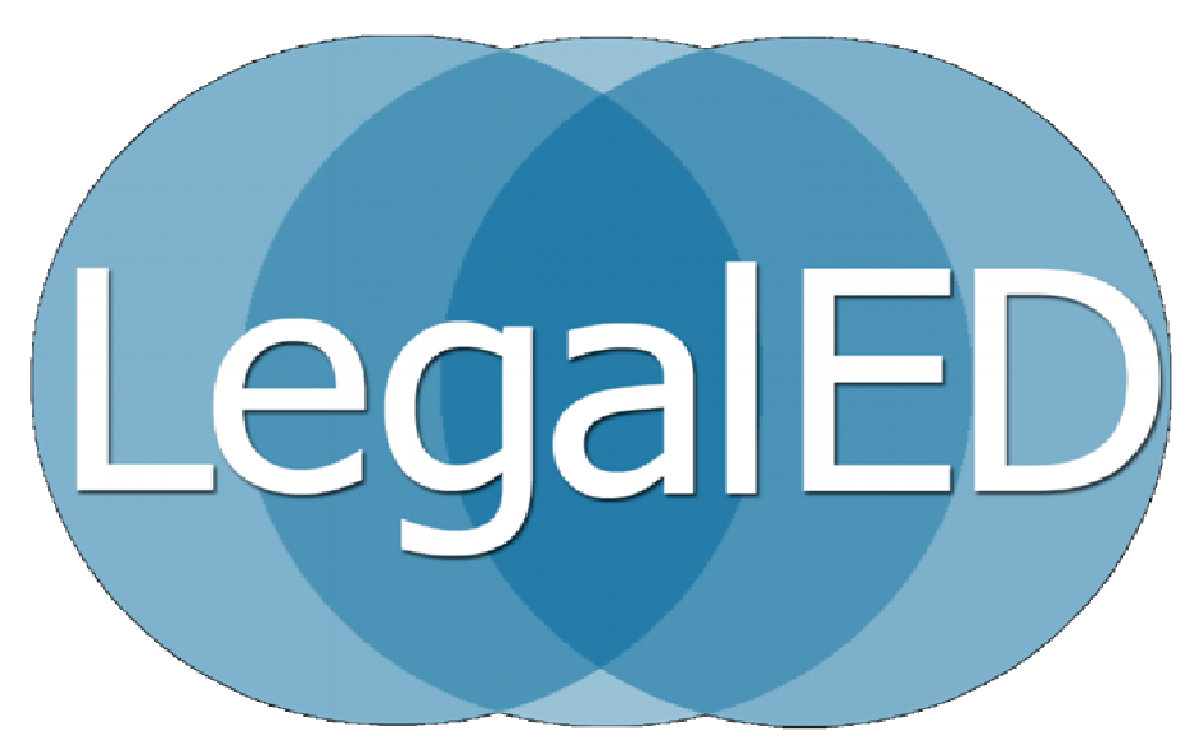LegalED and Online Learning
LegalED is designed to blend in-class and online learning. A recent meta-analysis by the US Department of Education found evidence that blended learning is more effective than either face-to-face or online learning by themselves. When used for legal education, blended learning can free up precious face-to-face in class time for more active, problem-based learning and shift passive listening to lectures to the web, which students can watch out of class, at their own pace, and on their own time. Then class time can be used for activities -- problem sets, exercises, small group work, role plays, simulations, Socratic dialogue -- that reinforce the knowledge, skills and values fundamental to successful entry-level lawyering.
Blended learning would not be characterized as "distance education" under either the current or proposed ABA accreditation standards if "two-thirds of the course instruction consists of regular classroom instruction." That means LegalED videos can be assigned for up to one-third of the time allocated for regular classroom instruction (including first year courses) without being characterized as distance education.
Using LegalED videos in this way (as a substitute for up to 1/3 of classroom teaching) would also be consistent with New York State Rule of Court 520.3, (subsection (c)(6) prohibits credits for courses offered principally by asynchronous means, where the professor and students are separated by time and place).
LegalED videos also maximize teacher effectiveness. Rather than prepare to give a similar lecture semester after semester, professors can now record their best version of it once or assign videos prepared by others. Then use their time to engage in higher-level learning activities with students.
LegalED is not a MOOC. It is not an online course. Rather it is a collection of videos and other tools collected in one central online location, each created by law professors, lawyers and judges, around the country and increasingly, the world. LegalED leverages the internet to gather in one central online location open educational resources designed for legal education that can be used in the classroom to supplement and maximize the benefits from face-to-face teaching and learning.
